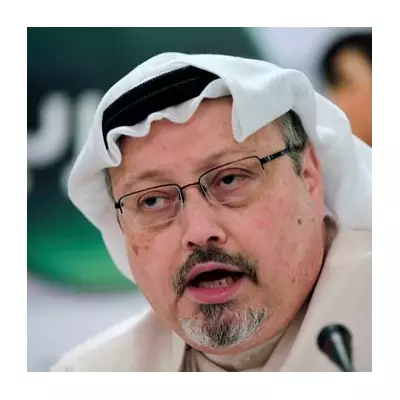
Europe is undergoing its most significant military transformation in decades as nations across the continent rapidly expand their armed forces in response to Russia's invasion of Ukraine. The conflict has triggered what analysts describe as a fundamental shift in defence thinking, with countries from France to Poland committing unprecedented sums to rebuild military capabilities that had been allowed to decline since the Cold War.
France Leads European Military Modernisation
France is at the forefront of this continental military expansion, with President Emmanuel Macron's government preparing to implement the most ambitious military spending plan in recent French history. The proposed 2025 budget allocates €47.5 billion for defence, representing a substantial increase that signals Paris's commitment to strengthening its armed forces.
This funding boost forms part of France's broader military programming law, which aims to modernise all branches of the armed forces. The French army is specifically focusing on enhancing its cyber warfare capabilities, intelligence gathering systems, and conventional weaponry. Defence experts note that France's approach combines immediate readiness improvements with long-term strategic investments.
Germany's Historic Defence Shift
Perhaps the most dramatic transformation is occurring in Germany, where Chancellor Olaf Scholz's announcement of a €100 billion special fund for the Bundeswehr marked a watershed moment in German defence policy. This fund, coupled with Germany's commitment to consistently meet NATO's 2% of GDP defence spending target, represents a decisive break with decades of military restraint following World War II.
The German armed forces are now engaged in a comprehensive modernisation programme that includes replacing ageing equipment and addressing critical capability gaps. Recent procurement decisions have included new fighter aircraft, naval vessels, and advanced air defence systems that had been neglected for years.
Eastern Europe's Rapid Rearmament
Nations closer to the Russian border have moved even more aggressively to strengthen their defences. Poland has embarked on one of Europe's most ambitious military expansions, with plans to increase its army to 300,000 personnel and acquire advanced weaponry including tanks, artillery, and combat aircraft. The Polish government has committed to spending approximately 4% of its GDP on defence this year, far exceeding NATO's 2% benchmark.
Similarly, Baltic states Estonia, Latvia, and Lithuania have all significantly increased their defence budgets and are enhancing their military capabilities through both national programmes and closer integration with NATO forces stationed in their territories. These countries have become strong advocates for permanent NATO troop deployments in Eastern Europe.
Broader European Defence Initiatives
The military expansion extends beyond individual national efforts to include multinational European projects. The European Union has activated its European Peace Facility to fund military assistance to Ukraine, while also developing new initiatives to coordinate defence procurement and research among member states.
Several collaborative weapons programmes are progressing, including the Future Combat Air System involving France, Germany, and Spain, and the Main Ground Combat System for next-generation tanks. These projects aim to reduce European dependence on American military technology while creating more integrated defence capabilities across the continent.
NATO reports that European allies and Canada have increased defence spending for the eighth consecutive year, with 2024 seeing the largest percentage increase in decades. This trend reflects growing recognition that European security requires substantial, sustained investment in military capabilities rather than the incremental improvements that characterised the post-Cold War period.
Defence analysts caution that while the spending increases are significant, transforming budgets into operational military capability will take years. The challenges include industrial capacity constraints, recruitment difficulties, and the complex process of integrating new systems into existing military structures. Nevertheless, the direction of travel is clear: Europe is rebuilding its military strength on a scale not seen since the end of the Cold War.





